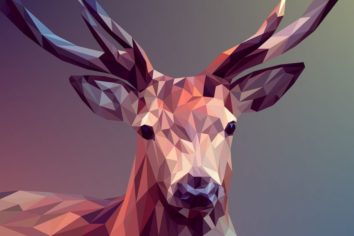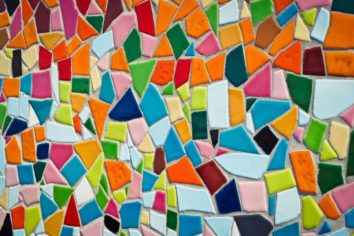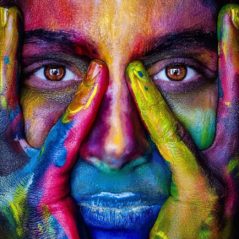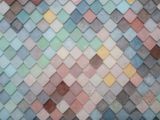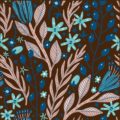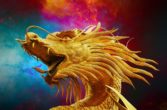Fashion Illustration: A Comprehensive Guide to the Art of Fashion Representation
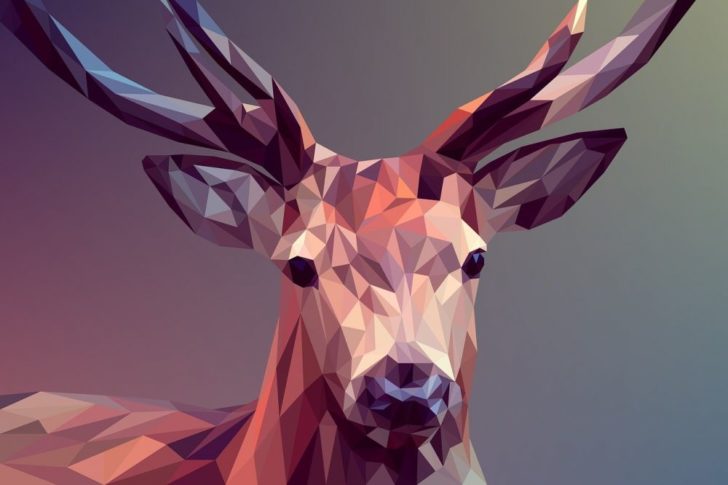
Introduction
Fashion illustration is a fascinating art form that brings life to fashion designs and captures the essence of style on paper. In this article, we will delve into the world of fashion illustration, exploring its different types, popular techniques, historical significance, and how it has evolved over time.
I. Overview of Fashion Illustration
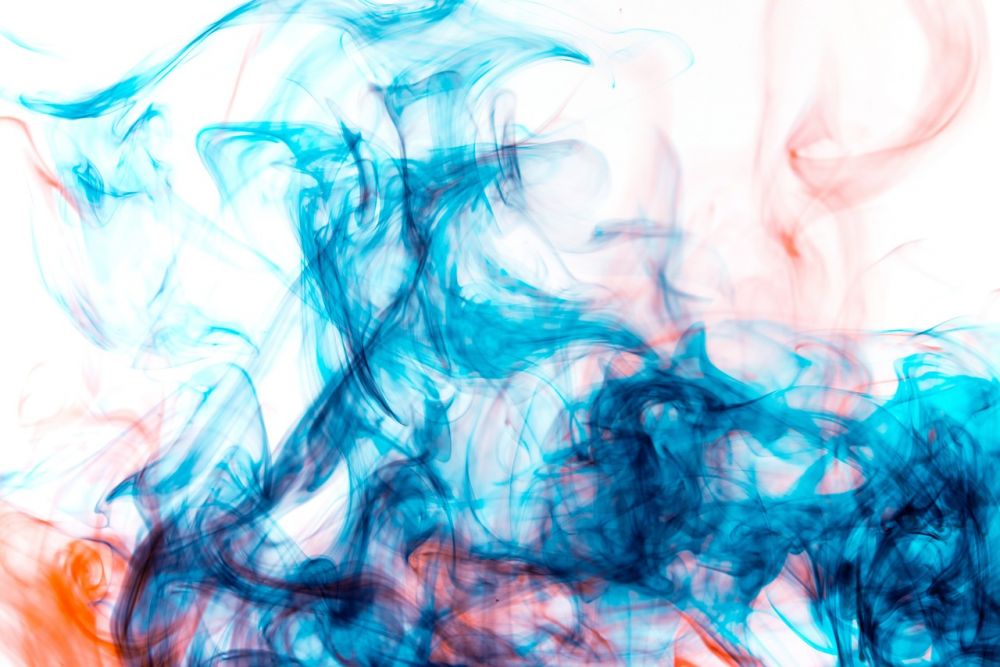
Fashion illustration is the art of representing fashion designs through drawing, painting, or digital rendering. It combines artistic skills with knowledge of fashion trends, fabrics, and garment construction. This visual storytelling medium not only showcases the creativity of designers but also serves as a means of communication between designers, manufacturers, and consumers.
II. Types of Fashion Illustration
1. Traditional Fashion Illustration: This involves hand-drawn or painted illustrations using various mediums like pencils, watercolors, markers, or acrylics. Traditional fashion illustration emphasizes the use of lines, textures, and shading to create depth and realism.
2. Digital Fashion Illustration: With advancements in technology, digital fashion illustration has gained popularity. Artists use graphic tablets or software programs like Adobe Illustrator to create precise and detailed illustrations. Digital tools allow for easy modifications, color changes, and quick reproduction.
3. Mixed Media Illustration: This approach combines traditional and digital techniques. Artists often begin with hand-drawn sketches, which they scan and enhance digitally. The result is a unique blend of traditional and contemporary elements.
III. Quantitative Measurements in Fashion Illustration
Measuring the impact and success of fashion illustration can be challenging, primarily due to its subjective nature. However, certain metrics can provide insights:
1. Social Media Engagement: Many fashion illustrators share their work on platforms like Instagram, where the number of likes, comments, and shares can give an indication of audience interest.
2. Print Circulation: Fashion magazines and publications featuring fashion illustrations can provide quantitative data on readership and distribution, offering a measure of the audience reach.
IV. Diverse Styles in Fashion Illustration
Fashion illustration styles vary greatly, reflecting the artists’ individual aesthetics and personal interpretation of fashion. Here are some popular styles:
1. Realistic Illustration: Artists who adopt this style focus on capturing intricate details, textures, and proportions accurately. This style often mimics photography, creating a lifelike representation of the garment.
2. Abstract Illustration: Abstract fashion illustration takes a more experimental approach, emphasizing bold colors, geometric shapes, and unconventional compositions. The focus lies on capturing the essence and mood of the fashion design.
3. Minimalist Illustration: This style simplifies the subject matter, using clean lines, minimal colors, and negative space. It conveys a sense of elegance and sophistication, often seen in luxury brand campaigns.
[INSERT VIDEO HERE – A short video showcasing various fashion illustration styles]
V. Historical Perspective: Pros and Cons of Fashion Illustration
1. Advantages of Fashion Illustration:
– Unbounded Creativity: Illustrations enable artists to push the boundaries of imagination, creating fashion designs that may not be feasible or practical in reality.
– Emotional Connection: Fashion illustrations evoke emotions, allowing viewers to connect and engage with the designs on a personal and artistic level.
2. Disadvantages of Fashion Illustration:
– Lack of Realism: Illustrations often present an idealized version of fashion, failing to showcase how garments would appear on real bodies or their functionality.
– Limited Representation: Fashion illustrations predominantly focus on thin, tall models, overlooking diversity in body types, skin tones, and cultural backgrounds.
Conclusion
Fashion illustration continues to play a significant role in the fashion industry, bridging the gap between designers and consumers. Its evolution from traditional techniques to digital rendering has expanded the possibilities of creativity and communication. By acknowledging the different styles, measuring its impact, and understanding its historical relevance, we can appreciate the artistry and storytelling behind fashion illustration.
FAQ
What are the popular styles of fashion illustration?
What is fashion illustration?
Why is fashion illustration still relevant in the digital age?
Fler nyheter
Modern konst tavla: Utforska det samtida konstlandskapet
Introduction Fashion illustration is a fascinating art form that brings life to fashion designs and captures the essence of style on paper. In this article, we will delve into the world of fashion illustration, exploring its different types, popular ...
Jon Larsson
18 januari 2024
Aboriginer konst: En Riklig Utblick på en Kulturskatt
Introduction Fashion illustration is a fascinating art form that brings life to fashion designs and captures the essence of style on paper. In this article, we will delve into the world of fashion illustration, exploring its different types, popular ...
Jon Larsson
18 januari 2024
Gomér och Andersson konst – En fascinerande utforskning av det kreativa samarbetet
Introduction Fashion illustration is a fascinating art form that brings life to fashion designs and captures the essence of style on paper. In this article, we will delve into the world of fashion illustration, exploring its different types, popular ...
Jon Larsson
18 januari 2024
Postmodernism är en konstnärlig och kulturell rörelse som började ta form under 1960-talet och fortsatte att växa i popularitet under de kommande årtiondena
Introduction Fashion illustration is a fascinating art form that brings life to fashion designs and captures the essence of style on paper. In this article, we will delve into the world of fashion illustration, exploring its different types, popular ...
Jon Larsson
17 januari 2024
